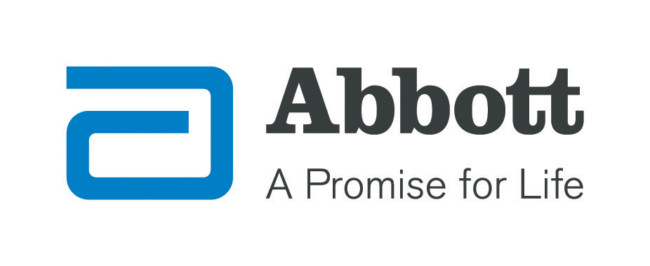
Learning how to use articles in English is hard. These little words (a, an, the) give so many of my clients so many problems.
Why is that?
Let’s look at how several languages handle ‘definite and indefinite
articles,’ as they are called.
Articles are related to gender. Interestingly, in Old English (up to 1150 A.D.) English nouns had gender. They were masculine, feminine, or neuter. Luckily for us English speakers, English has done away with gender, except for people and some large pieces of machinery (like a ship, which is still sometimes called a ‘she’).
Other languages still have gender.
In Latin languages, the word ‘the’ is either masculine or feminine, indicating the gender of the noun. Italian, although only possessing two genders, has eleven variations of the word ‘the’. German has three genders – masculine, feminine, and neuter, as does Greek. The Chinese languages have no gender – the same word is used for ‘he,’ ‘she,’ and ‘it.’ Interestingly, Russian has three genders, but does not have a word for ‘the’ at all. Other Slavic languages also do not. Japanese also does not have articles.
Here are a few rules, which may help you with articles, depending on if your native language has them or not.
Some of the below was adapted from Practical English Usage by Michael Swan. Oxford University Press, 2005.
Related Post: Adding Emphasis In American English
|
|
How to improve your spoken English
If you’re interested in an online course which you can take at your own pace, then click the link to review self study programs and select that one that’s right for you.
If you require more “hands-on” coaching and support (perfect for professionals) click the link and request a consultation today.













